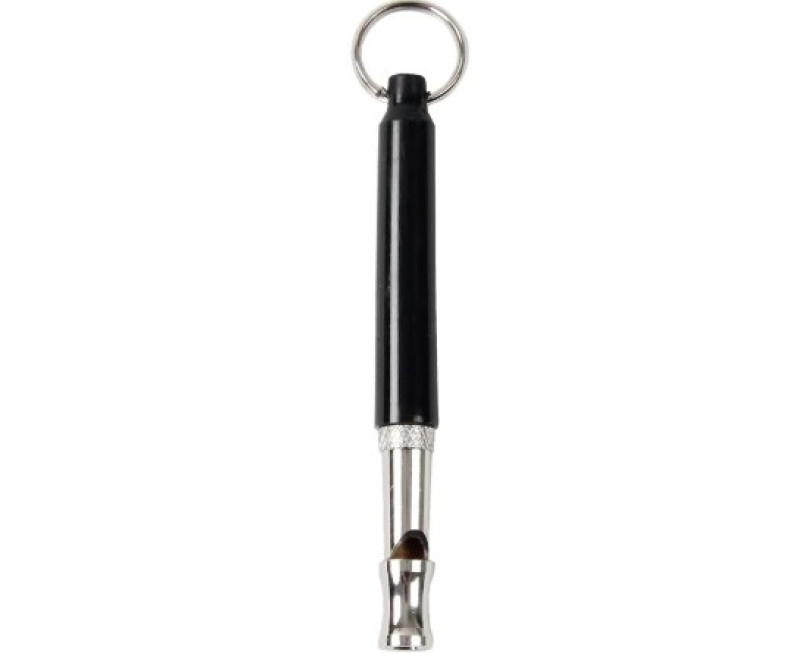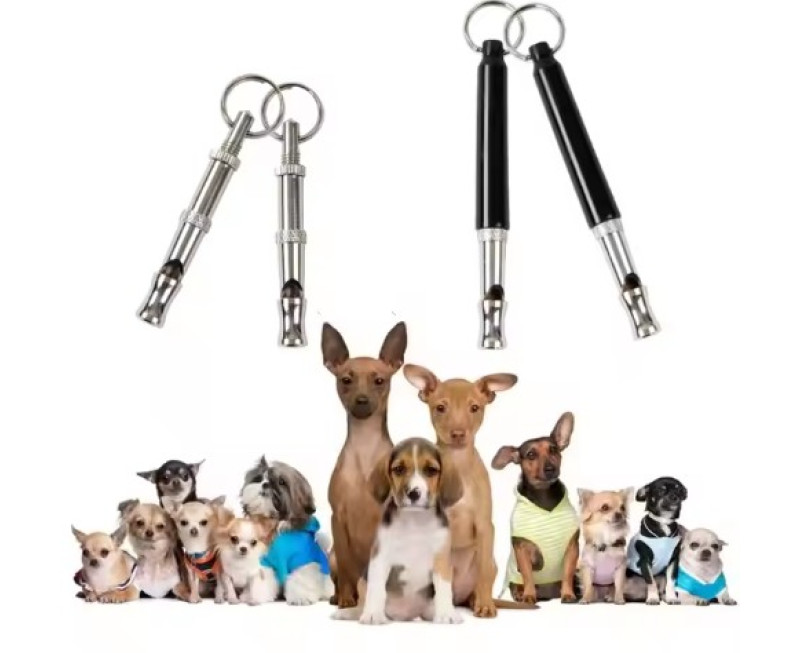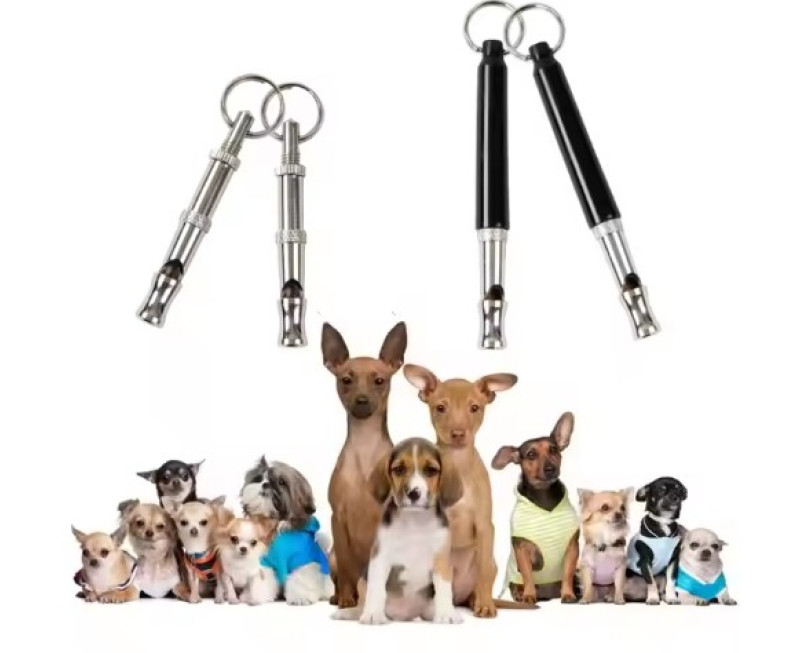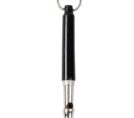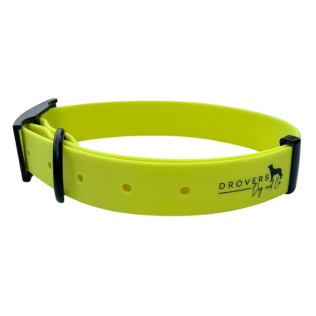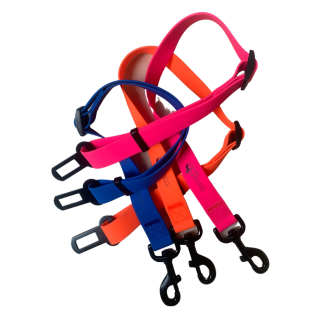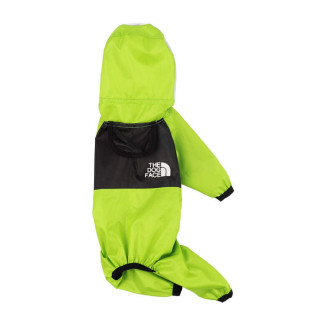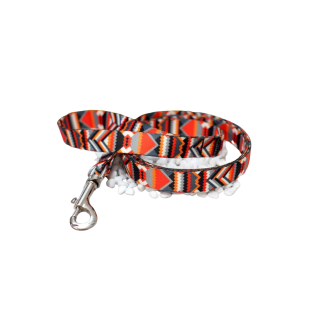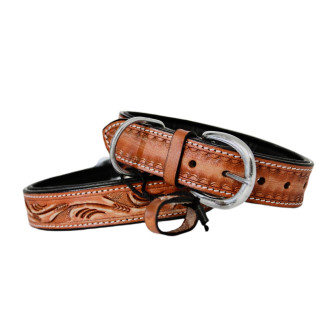100%
Satisfaction
Over 20 Years
in Business
Quality
Products
Fast
Dispatch
Categories: Leads, Sale, Training Devices, Walk
Description
Introducing Our Silent Dog Training Whistle – The Ultimate Tool for Effective Training!
🐶 Train Smarter, Not Louder! 🐶
We’re thrilled to introduce our latest innovation in dog training – the Silent Dog Training Whistle! Designed for discreet yet powerful communication, this whistle is perfect for training, recall, and behavior correction without disturbing those around you.
🔹 Why Choose Our Silent Dog Whistle?
✅ Ultrasonic Sound – Heard by dogs, but not humans!
✅ Adjustable Frequency – Tailor it to your dog’s hearing for maximum responsiveness.
✅ Long-Distance Range – Effective even at a distance for recall training.
✅ Durable & Weatherproof – Built to withstand outdoor adventures.
✅ Lightweight & Portable – Comes with a convenient lanyard for easy carrying.
🎯 Perfect for Dog Owners, Trainers & Outdoor Enthusiasts!
Whether you’re working on recall, obedience, or reducing excessive barking, this whistle helps establish clear communication with your pup—without raising your voice!
📢 Now Available! Don’t miss out—get yours today and train like a pro!
Basic Principles of Whistle Training
A silent dog whistle is a powerful training tool that enhances communication between you and your dog. Here’s how to introduce and implement it effectively in your training routine.
Step 1: Adjust the Frequency
Every dog hears frequencies differently. Before training, blow the whistle and observe your dog’s reaction. Adjust the pitch until your dog responds – this confirms they can hear the sound clearly.
Step 2: Assign Distinct Sounds to Commands
For whistle training to be effective, each command must have a consistent, unique sound. Here are some commonly used whistle signals:
🔹 One short blow – Sit 🪑
🔹 Two short blows – Recall (Come) 🐾
🔹 One long blow – Stop ✋
It’s important to use the same whistle pattern for each command every time to avoid confusion.
Step 3: Introduce the Whistle Alongside Verbal Commands
In the beginning, pair whistle sounds with verbal commands and hand signals so your dog makes the connection. For example, say “Come” while using the recall whistle pattern.
Step 4: Phase Out Verbal Commands
Once your dog consistently responds to the whistle alone, you can gradually stop using verbal commands. Over time, they will associate the whistle as their primary training cue.
Step 5: Reward & Reinforce Behavior
🐕 Consistency + Reward = Success!
Positive reinforcement is key to effective whistle training. Every time your dog responds correctly, reward them with:
✔ Treats 🍖
✔ Toys 🎾
✔ Praise & Affection 💕
Dogs learn best when training is fun, consistent, and rewarding!
💡 Pro Tip: Keep training sessions short and engaging. Repetition and patience will lead to long-term success!
🎯 Start Whistle Training Today! 🎯
#WhistleTraining #DogTraining #RecallTraining #GoodDog
Customer Reviews
| 5 star | 0% | |
| 4 star | 0% | |
| 3 star | 0% | |
| 2 star | 0% | |
| 1 star | 0% |
Sorry, no reviews match your current selections

